The shape of the trains that will provide an 80% peak capacity increase on the overcrowded Thameslink London ‘core’ route has finally been unveiled.
Manufacturer Siemens revealed a two-car mock-up, showcasing the design of the 115 Class 700 trains that will enter service from 2016, to stakeholders and the media on January 28.
Enhanced full-colour passenger information displays - showing potential connections at Tube stations, the current time and other information (including the platform side) - are among the interior features of the ‘700s’. Wide doorways and accessible toilets also provide a more user-friendly train than the current Thameslink fleet.
Technical improvements include tread brakes on some of the wheels, while the ‘700s’ will use Automatic Train Operation (ATO) in the core section - this signalling improvement will allow a Tube-style frequency of 24 trains per hour.
More than double the number of carriages offered by the current Class 319 and Class 377 trains will be provided, with 30% additional seating on all Thameslink ‘north’ trains that run fast from St Albans to London. An additional 15% seating will be provided on trains from Peterborough and Cambridge.
The design has incorporated feedback from passenger research, and from UK train operators, including operational staff (train crew, cleaners and maintenance staff). Notably, it has also included input from current Thameslink operator First Capital Connect, despite uncertainty as to which operator will be running the future Thameslink, Southern and Great Northern (TSGN) super-franchise, due to begin in 2015.
Work on the first complete four-car train is progressing well in Germany, and it is set to be unveiled within the next four to five months.
Although the trains are to be built in Germany, Siemens expects up to 2,000 jobs to be created across the UK supply chain, in component manufacturing, assembly and the construction of new depots and subsequent train maintenance.
“We’re really proud of the role we’ve played to date, and we’ve had a lot of people in our organisation involved in the technical specification,” FCC Managing Director David Statham told RAIL.
“We worked really hard on the design review, when Siemens was selected as the preferred bidder.
“We’re now at the stage where we’re going to implement the programme. There are now units on static test in Germany, and our guys are over there making sure that is going to work.”
Depots for the Class 700 are planned to become operational at both Three Bridges and Hornsey in 2016, supporting the introduction and maintenance of the new trains.
“We’ll start to hit our stride in terms of new service introduction in the summer of 2016, by which time one newly completed unit a week will be rolling out,” Statham told RAIL. “In 2017 we will be rolling them out on the Great Northern route.”
Cambridge, Peterborough and Welwyn Garden City are confirmed as three of the additional destinations that will be served by the trains on that part of the route. South of the Thames, Maidstone, Sevenoaks and Brighton (including destinations off the main line to Brighton) could also be served by the new trains, although it is understood this will be confirmed by the next franchise holder.
Asked by RAIL what was the biggest step change, Statham replied: “It allows us to address some of the capacity issues passengers have been suffering.
“The train has been really carefully designed to fit the markets we’re going to be serving - airports at Luton and Gatwick. We’re really conscious that there’s a big airport market out there.”
The design of the train incorporates cantilevered seats, allowing for more luggage space, while the width allows for more spacious overhead luggage racks.
Referring to the considerably wider feel and spacious interior of the Class 700s, Statham added: “We’ve worked on the gauging of the train especially - we’ve been through a completely new gauging exercise.”
Transport Minister Stephen Hammond said Network Rail and Siemens had worked together to minimise the cost to the infrastructure.
Siemens Rail Systems UK Managing Director Steve Scrimshaw said that from the beginning of 2016, the production rate of the Class 700 would be roughly one per week, with “a lot of bodyshells” already made. He confirmed that Siemens’ Wildenrath test track were likely to see the first test train in March.
- This news feature was originally published in RAIL 741 on 5th February 2014

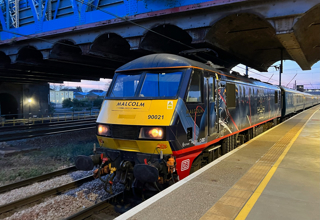
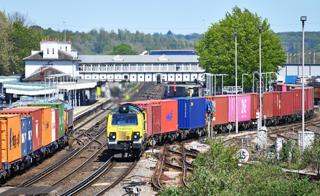
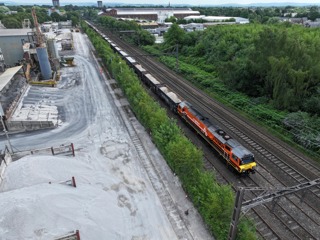
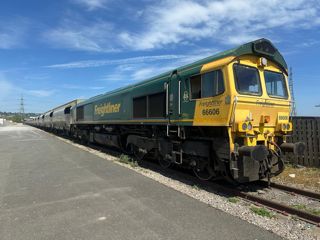
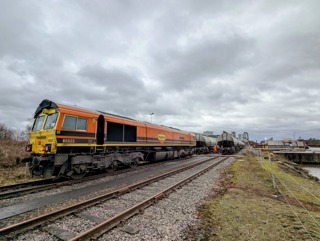










Login to comment
Comments
No comments have been made yet.